SOMERSET, KY – The worst years of my career, 2008 to 2010, I served as communications director for two national non-profits seeking public interest advances in clean energy and global climate change. The work was interesting enough. But I had a hard time pitching good stories that I should be the one writing.
These last two years have been nearly as frustrating. The pandemic shut down over a decade of national and international reporting on trends in energy, water, climate, and urban affairs. The majesty of frontline reporting from 35 countries. The delight of face-to-face interviews with men and women who plan and operate the machinery of societies on six continents. The new friendships formed from traveling with interpreters, guides, and photographers. The exclusive reports — game-changing projects on water shortage in China, floods in India’s Himalayas, droughts in Australia and South Africa, mining in Mongolia, China’s Belt and Road investment in Malaysia, water in Texas, wildfires in California — all of this work shut down by a virus that put us in sweats in front of Zoom to do our work.
You can imagine, then, how pleased I’ve been over the last month reporting for Circle of Blue from the front lines of Arizona’s confrontation with water scarcity. The assignment, funded with a fellowship from Stanford University’s Bill Lane Center for the American West, is intensely interesting, challenging, and significant. More on that in March when I finish writing.
This report is about the trip. A month of car travel, from Kentucky to Arizona and back, while the United States experienced the highest incidence of Covid disease in the two-plus year pandemic. Triple-vaxxed, tired of reporting from a desk, and certain that with care and caution I’d be sufficiently safe, I rented a car and took off on January 1, 2022. I returned on January 29. A self-administered test confirmed I was Covid-free.
Here’s what I learned along the way about reporting in a pandemic.
- Drive. I’ve spent too much time in planes and airports during a career of adventurous reporting. Covid invites more risk and elevates my antipathy to flying. I had two weekend days at the start of the year to reach Arizona from Kentucky. At 80 miles per hour on American highways these days, and faster west of the Mississippi, you can cover a lot of ground in a short time. It’s 1,800 miles from Somerset to Tucson. I left Saturday morning and arrived Sunday night.
- Rent a good car. I rented a Toyota Corolla from Avis for under $1,000 for the month. A fair price in today’s market. The car was fast, really comfortable, and fuel-conserving. At 80 mph the car tallied 38-39 miles per gallon.
- Fuel is an important cost center again. I drove 7735 miles. Burned through 211 gallons at an average of 36.5 miles per gallon at an average price of $3.24 per gallon. Total cost: $685.00.
- Meals were boring. Typically on a Circle of Blue project I eat well with a keen interest in local fare. Not during a pandemic in the United States. My routine is eating twice a day. On this trip that meant drive-through breakfast, and drive-through or take-out dinner, and an occasional masked foray into a grocery store. McDonald’s has the best drive-up coffee. Burger King has the best breakfast burrito and the worst coffee. Carl’s Jr. has the best breakfast sandwich and the best drive-through burger. I ate a take-out pizza for a weekend in a room in Tucson equipped with a microwave. Chinese and Thai take-out were pretty consistent everywhere I went. The Thai take-out in the North Chino Valley was the best. The total bill for my meals for 30 days reflects the paucity of the fare: $411.67.
- Hotels are generally the most expensive feature of a frontline Circle of Blue project. I use Priceline and Booking.com to make advance reservations in the U.S. I book the least expensive room available. Occasionally I drive up and just book a room on the fly. Whatever the listed price, it’s smart to add 10 to 15 percent for taxes and fees. Quality Inn is the worst on fees. That chain adds $6 a day in hidden fees. January is not a particularly active month in Arizona and the pandemic further limited the market for rooms. So making reservations was easy. The best motel I reserved was at the Kiva Motel in Show Low, Arizona. It was operated by an Indian immigrant couple and cost $65 with taxes included. The least expensive was a Travel Lodge on the way home in Tulsa that cost $54.97. The most expensive was a Green Tree hotel in Phoenix for $80 a night. Total lodging for the trip: $2079.
- I wore a mask in every enclosed space – grocery stores, picking up take-out meals, a Staples store in Chandler to buy refills for my pens. Most of my interviews — and I conducted 45 of them — were outdoors. That provided security from the virus. Indoor interviews, primarily with government sources, were conducted while we sat at least six feet apart.
- Arizona highways and boulevards are smooth, fast, wide, and easily handle heavy traffic. I spent a lot of time in Phoenix, day and night, and was never held up by a traffic snarl. Getting from one end of the city to the other literally takes about 20 minutes. The trip from Tucson to Phoenix, 115 miles, takes 90 minutes.
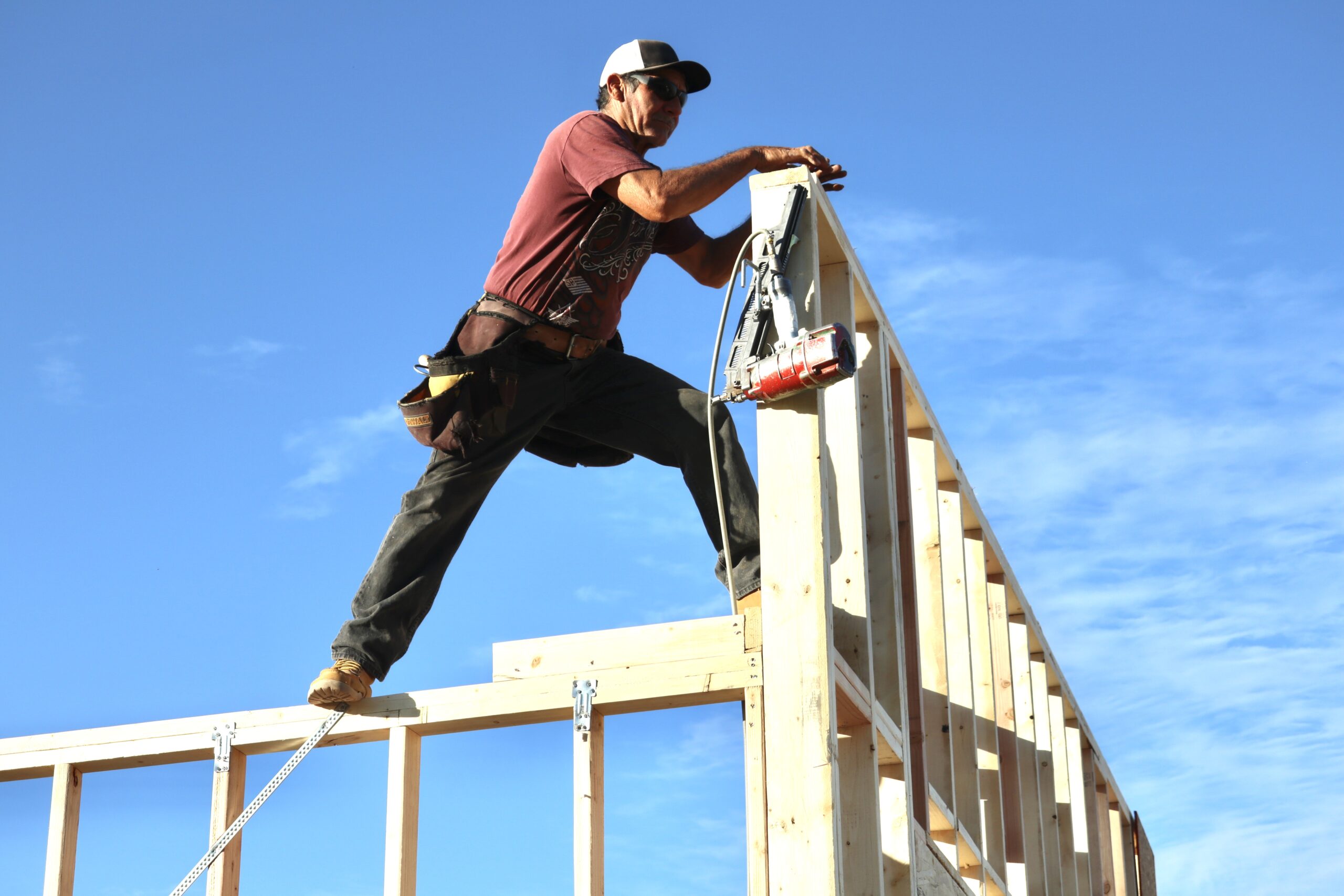
Housing construction is booming. (Photo/Keith Schneider)
I also learned this: why Arizona has consistently been one of the fastest growing states since the 1950s. Arizona is warm, sunshine central, and geographically magnificent. Everywhere mountains rise from broad desert basins. Much of the land is held in public ownership by the state and federal governments. The state’s 22 indigenous tribes also control a lot of land. And because water is available in a just a select number of places — Phoenix, Tucson, Flagstaff, Prescott, Kingman and Yuma — Arizona’s settlement pattern mimics the other states of the Mountain and desert West where most people live in only a few places and much of the land is open territory. In Arizona, for mesquite and Saguaro cactus.
Of the most breathtaking drives I’ve taken in the United States, a number were during this trip. From Phoenix to Willcox in southeastern Arizona through the mountains and the mining district around Superior and Globe. From Prescott to Yuma in Arizona’s southwest corner, over Granite Mountain and through the irrigated date groves and alfalfa fields close to the Colorado River. And from Show Low to Farmington, NM over Buffalo Pass. The N13 highway winds up the west side of a forested and snow covered ridge in tight and steep switchbacks. It crosses the pass at 8,400 feet, and then descends into a horizon-to-horizon sable plain with Shiprock, the famed sentinel of prehistoric stone, set in the center. It was amazing in the light of the setting sun.
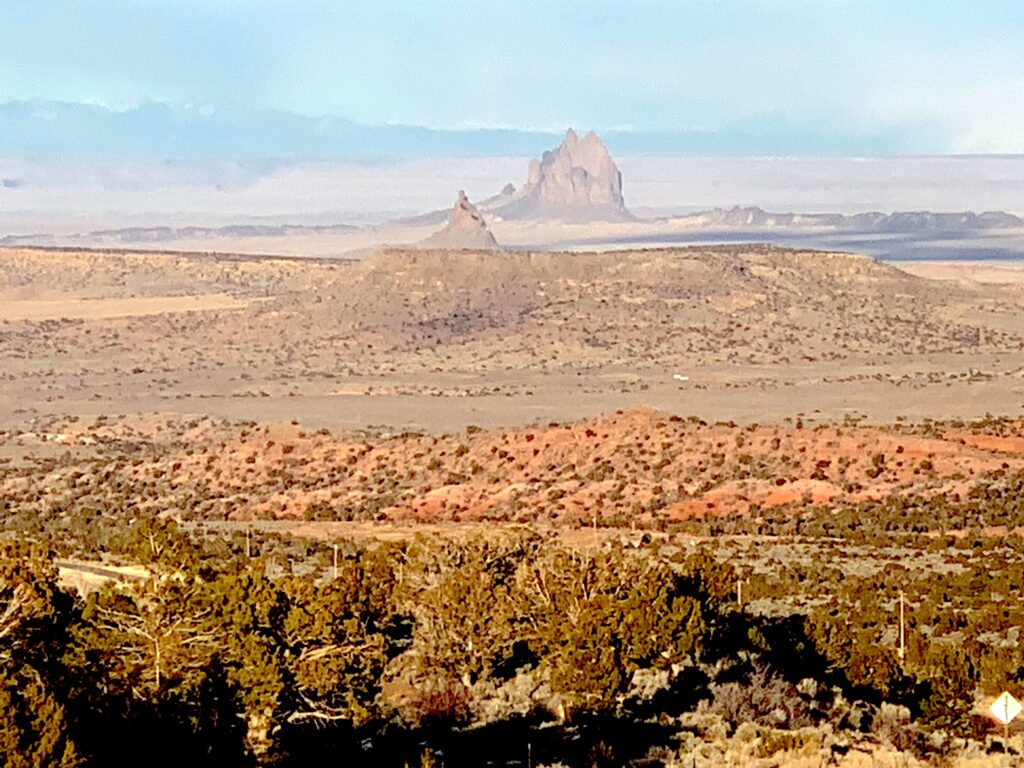
We live in a splendid country that’s done a decent job of safeguarding its land and natural resources. Every time I travel in the West I learn that anew. It’s one of the reasons I was anxious to undertake the assignment and take this trip. The pandemic tested my capacity to stay safe. I met that challenge and avoided getting sick. Too many people, for too many reasons, were not so fortunate. It feels like this peril will soon abate. I hope so. I want the next frontline trip to take me overseas.
— Keith Schneider
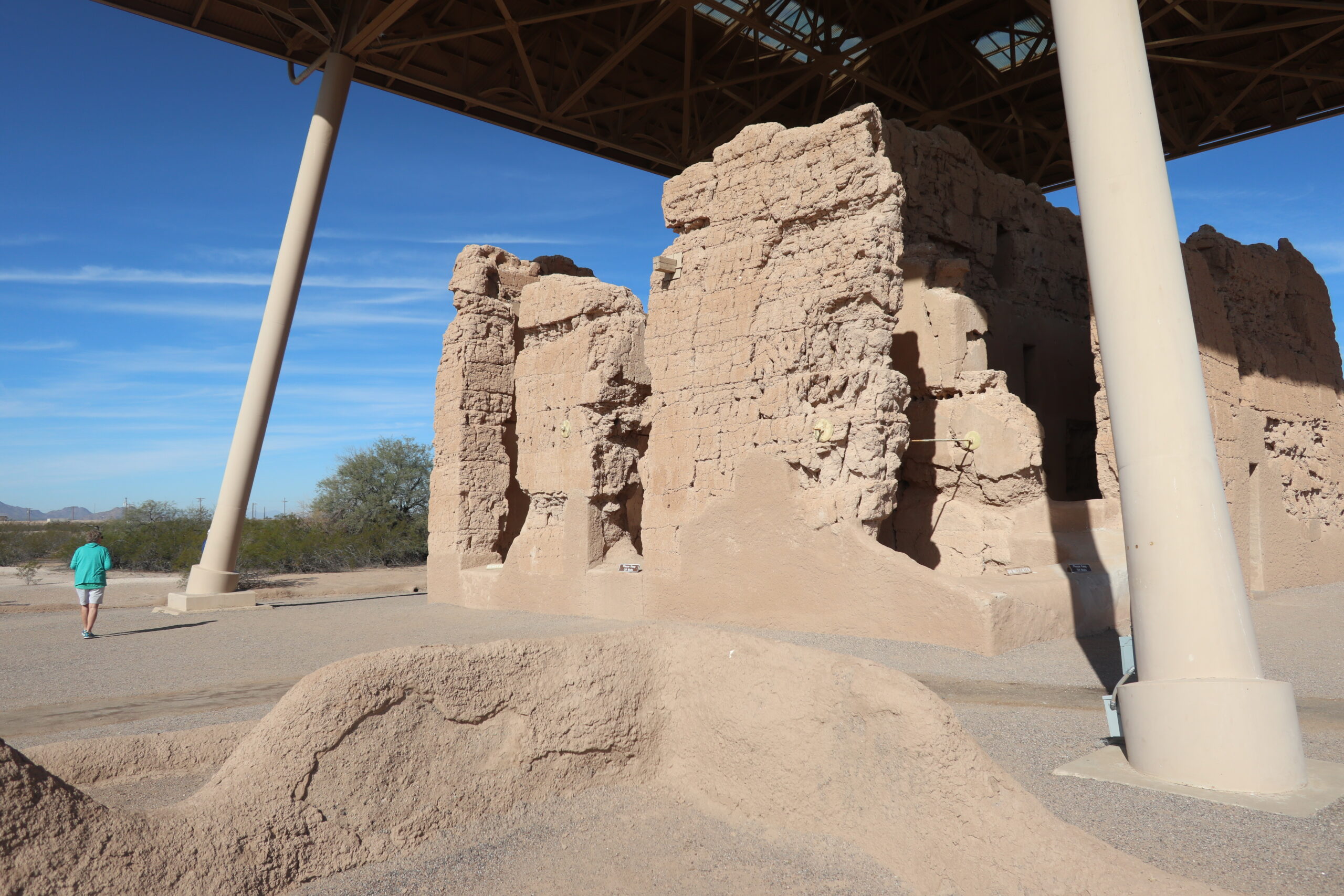
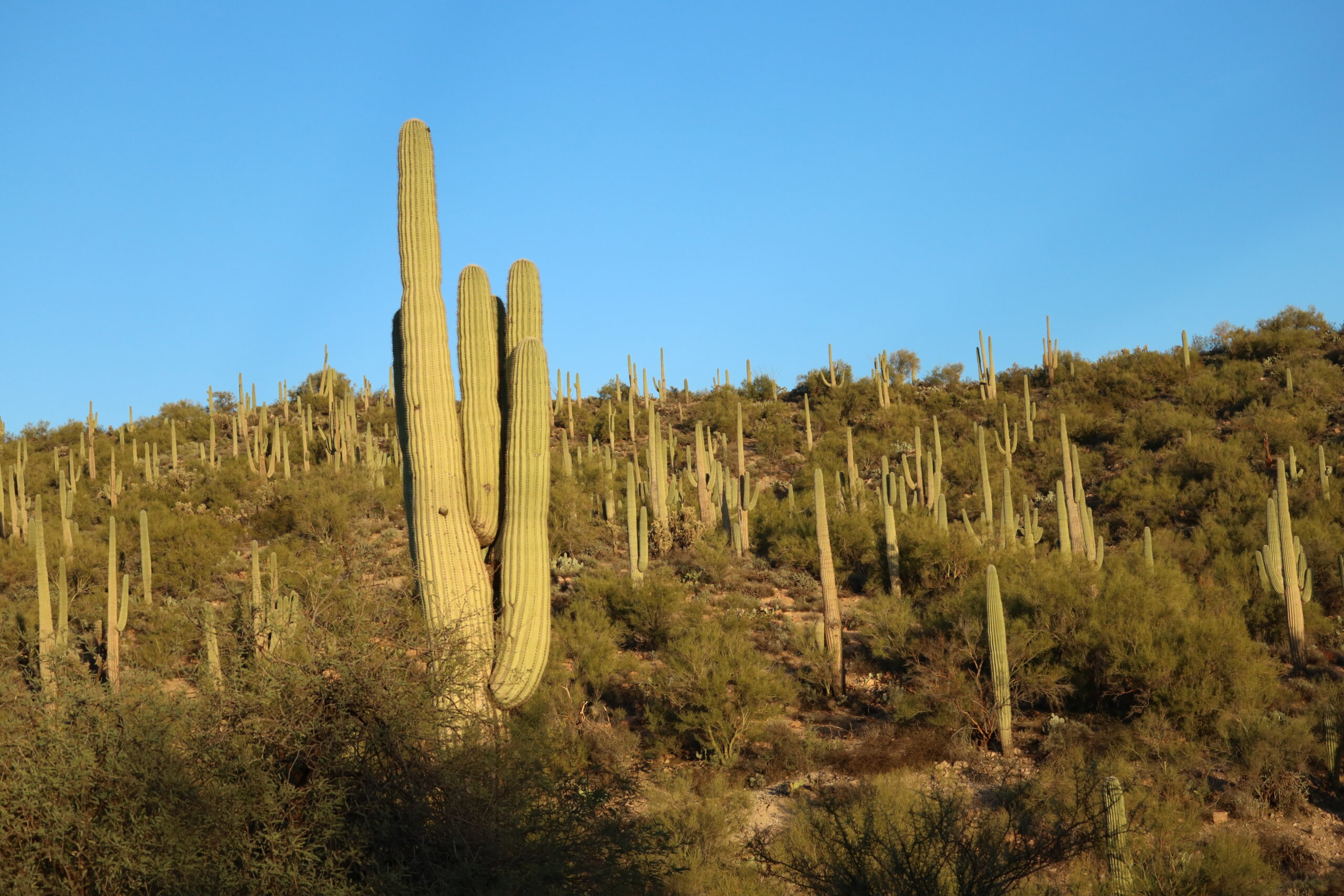
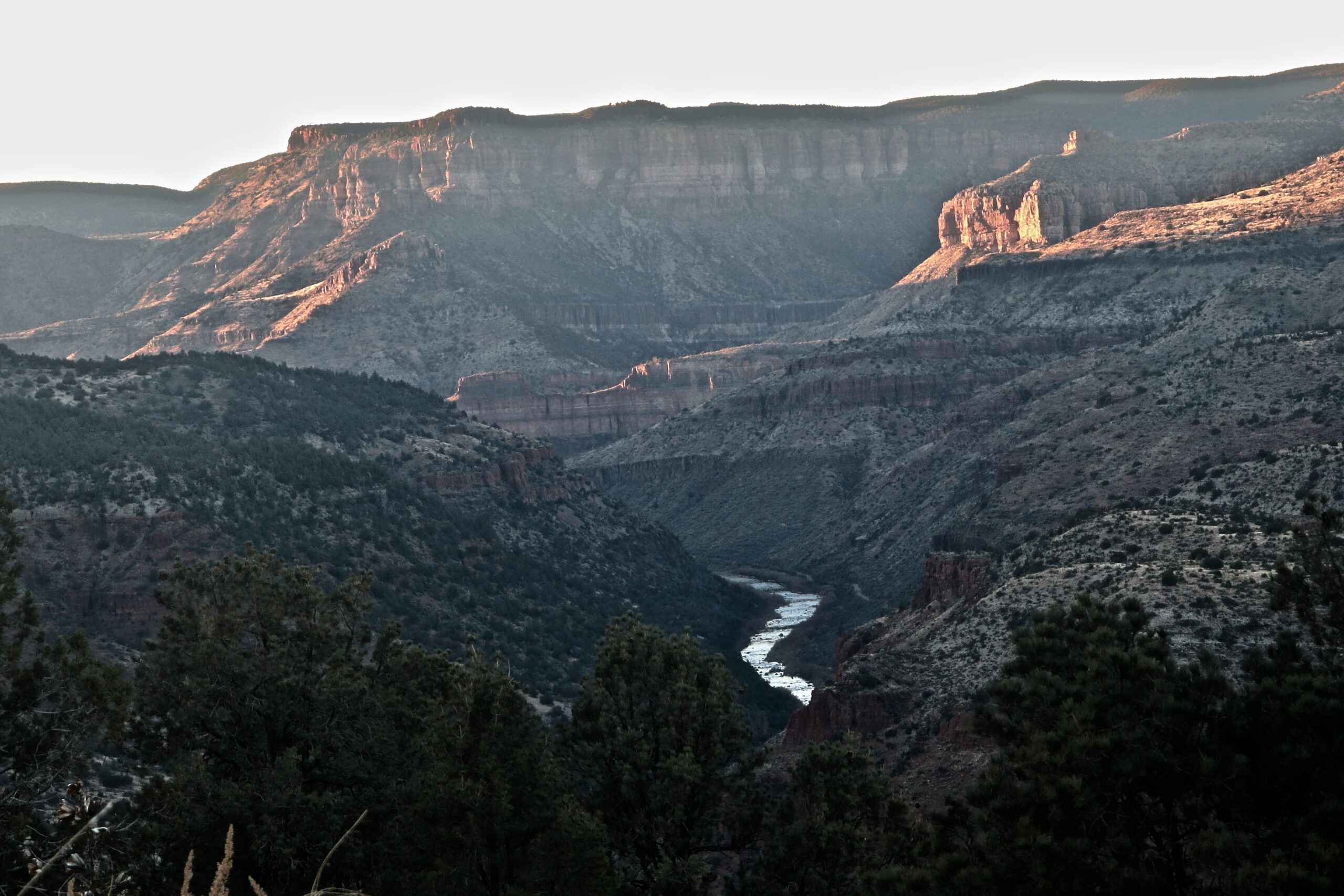
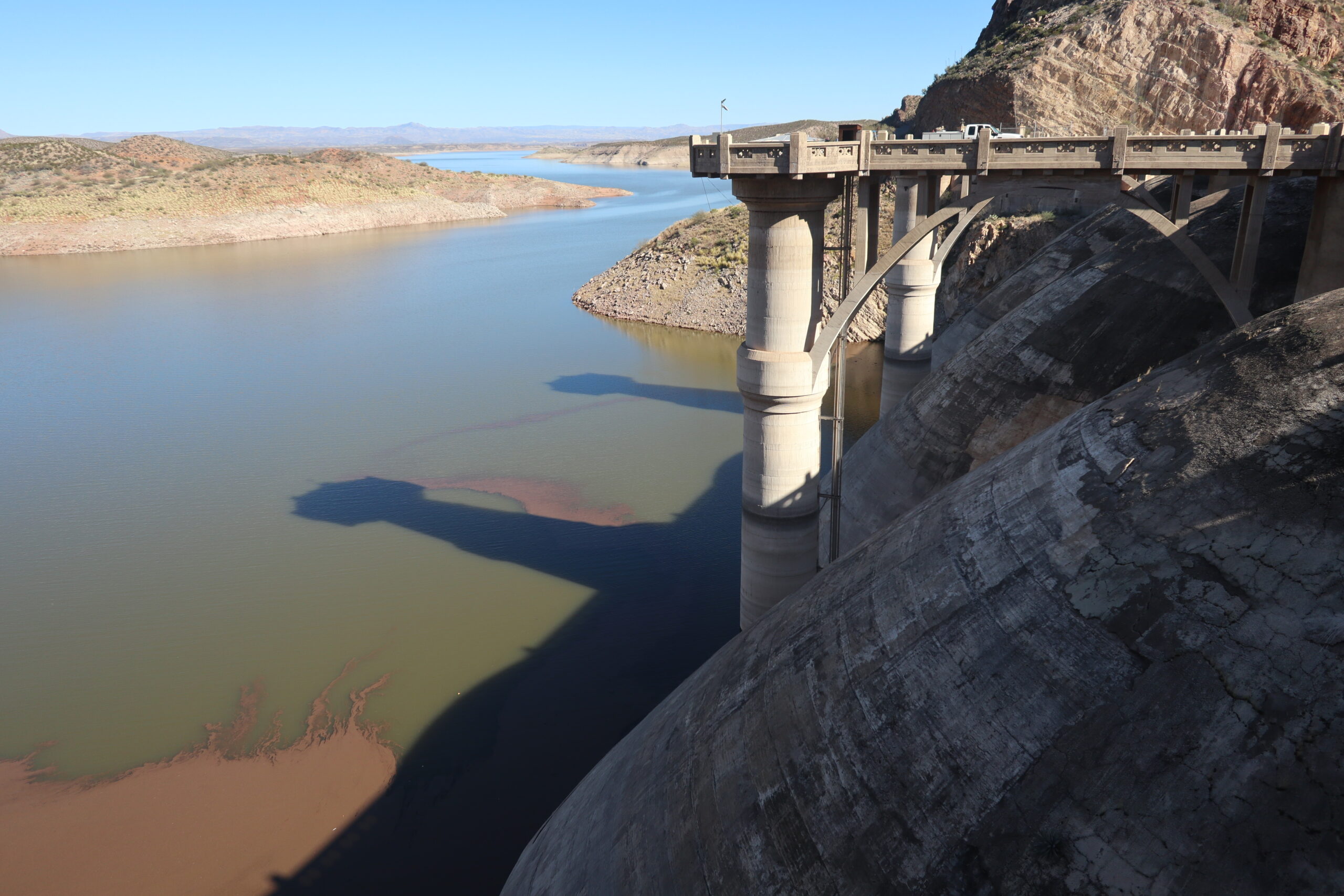
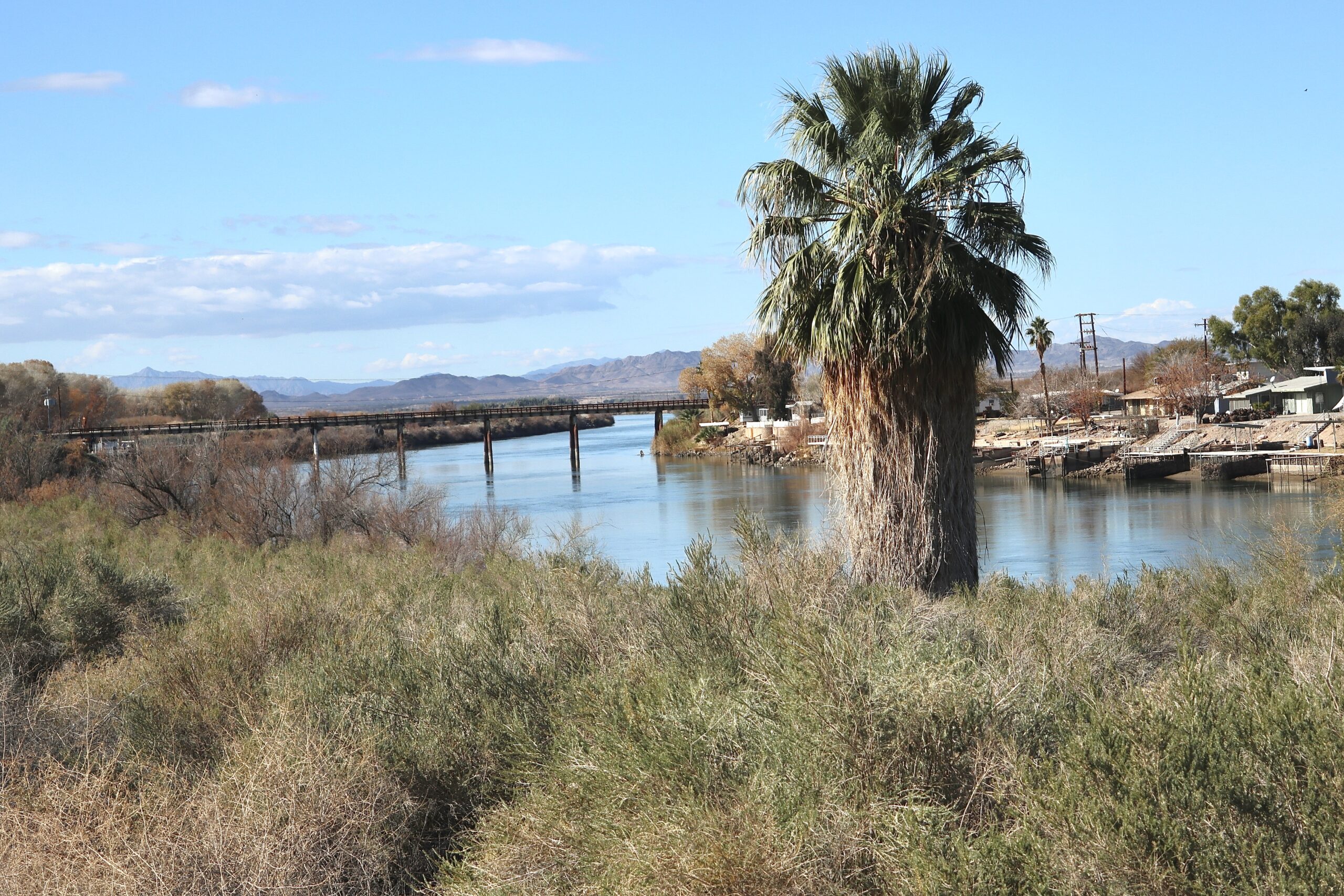
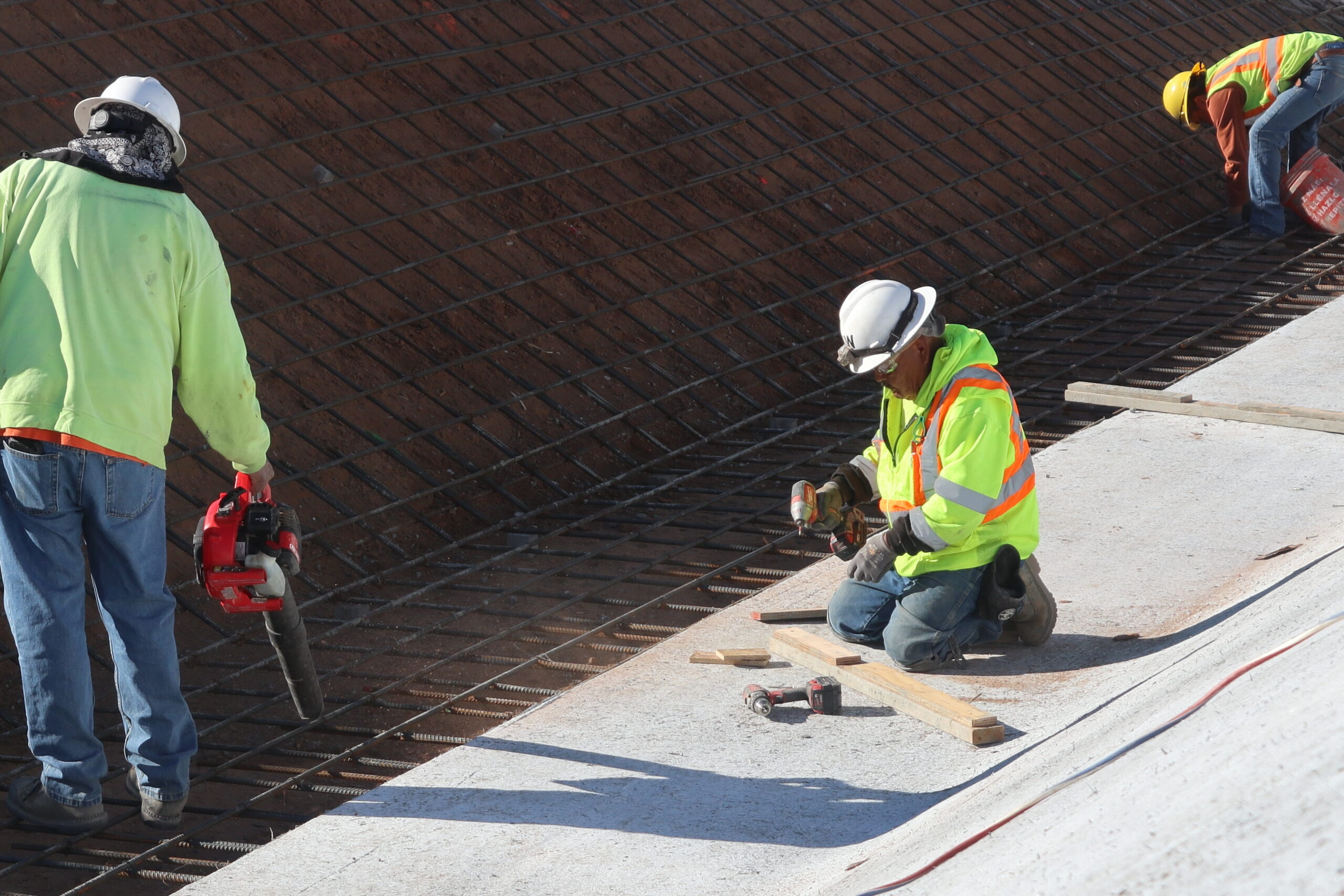

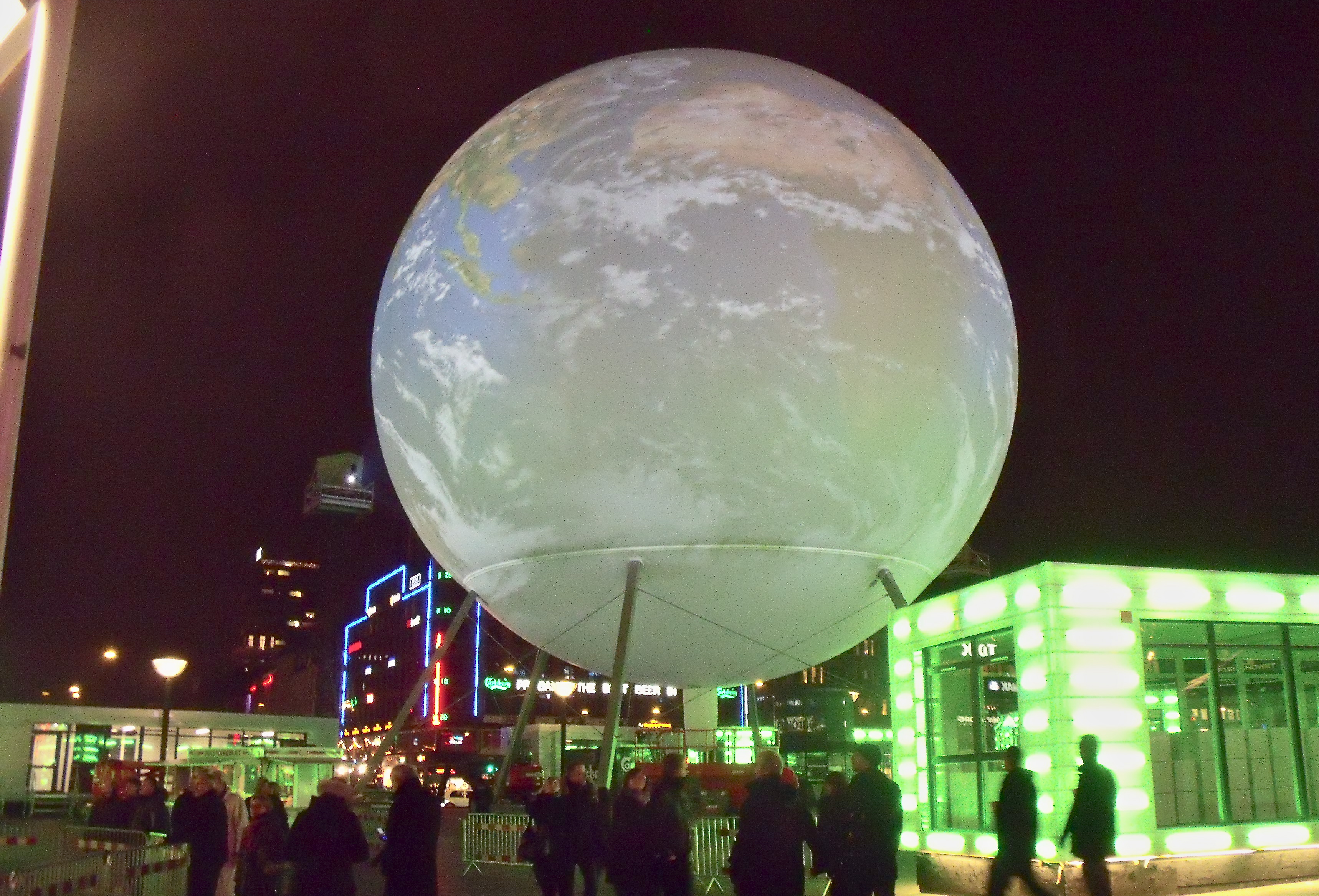
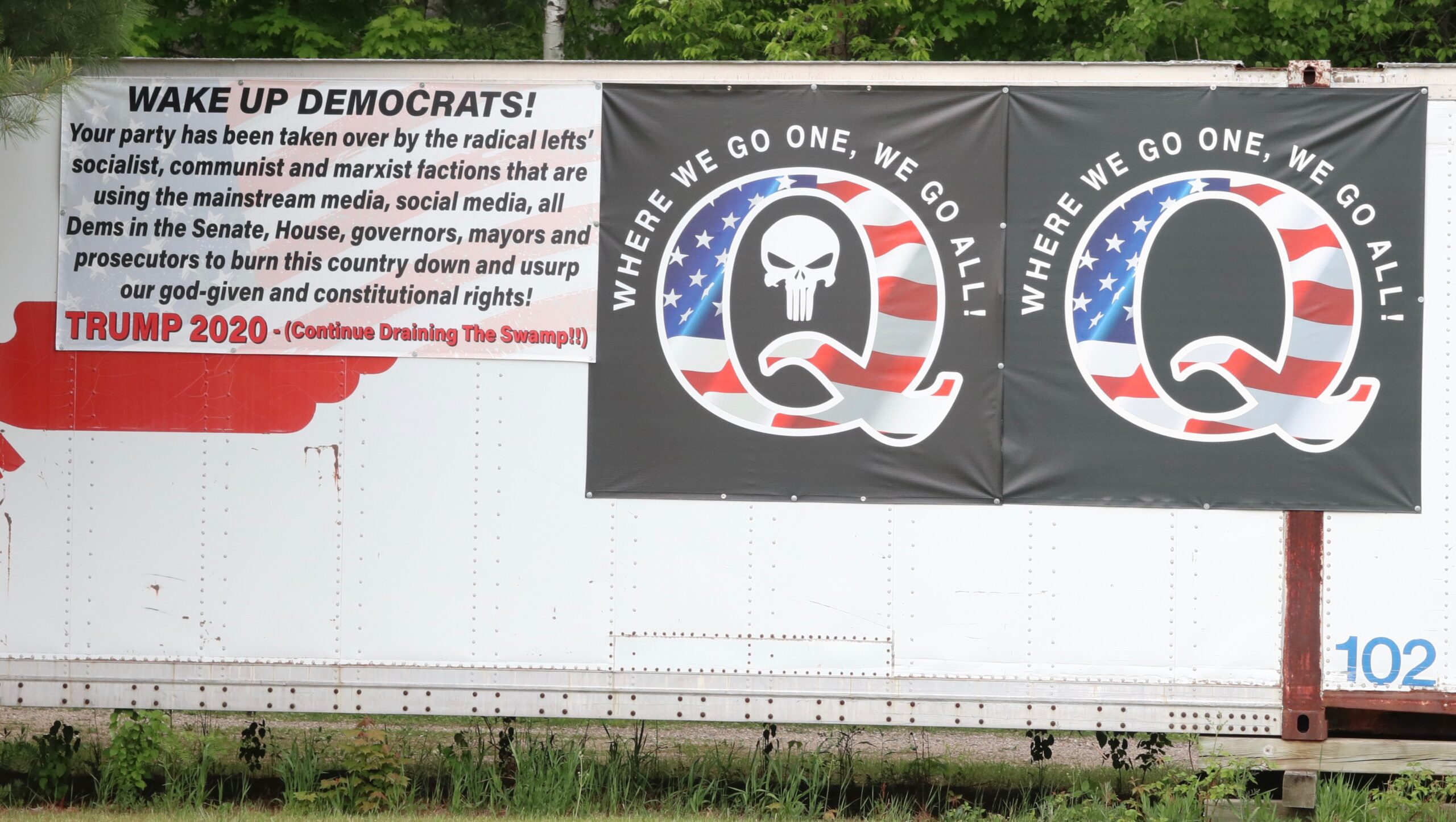
Glad to hear you’re back safely and without sickness! Was a hybrid or electric car significantly more expensive to rent?
Don’t know. Hybrid is useful. Electric not so with this long-distance trip. Range anxiety and all that.
Yes. Range anxiety 😀 Main reason I went hybrid rather than all electric.